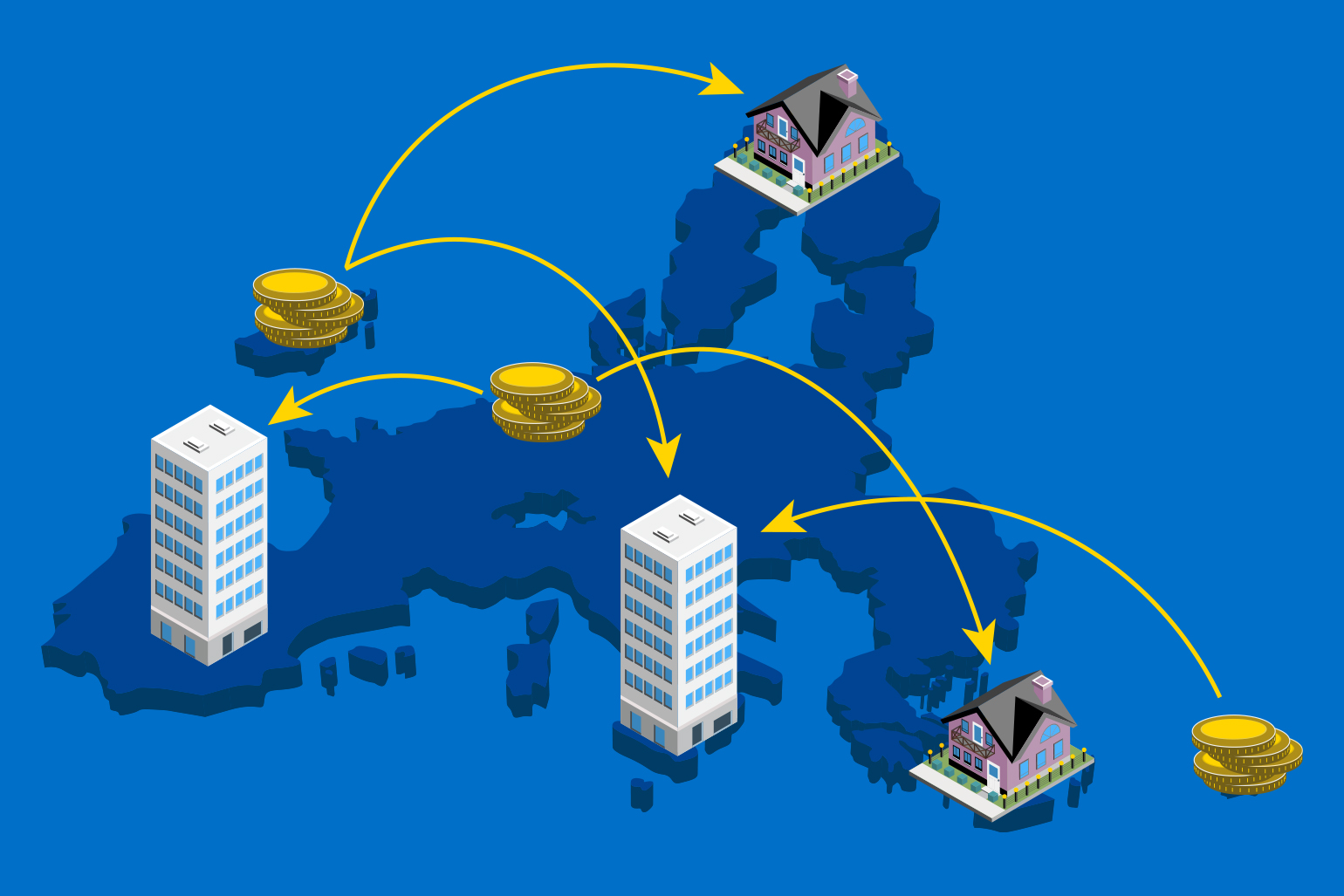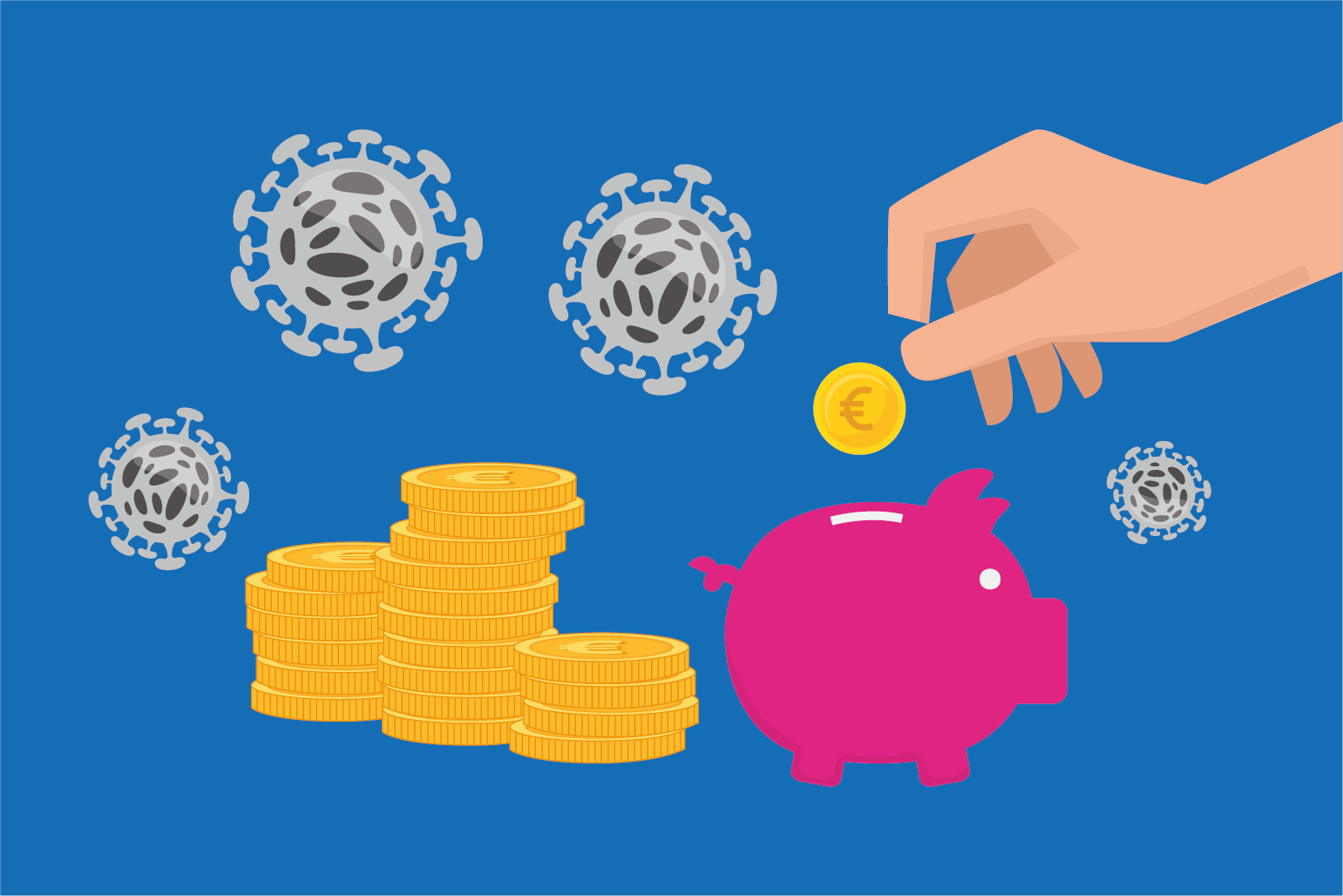Two Years of the ESM Blog
Exceptionally, the team behind the ESM Blog is writing to you today, as we celebrate two years with our esteemed authors and readers. Any public institution should aim to reach out to the public it serves. Since its inception, a decade ago, the ESM has communicated with its shareholders, the euro area Member States, investors, the media, and academia through various channels. But, as the euro area’s crisis resolution mechanism, the ESM also endeavours to explain its work to the public at large.
With this in mind, we started the ESM Blog two years ago, on 12 February 2020. The first contributions came out just as the pandemic crisis began to reach Europe. We explained the EU’s policy response to Covid-19 as well as the ESM’s contribution, and how the reform of institutions can better help the euro area heal the financial wounds of the pandemic, as well as equip it to overcome future crises.
We also explored wider topics that can impact financial stability and tried to look at existing concepts with fresh eyes. These included European regulatory supervision, the securitisation of assets in the name of a European Capital Markets Union (CMU), the development of responsible investments, and how exceptional savings during the pandemic may determine the speed of economic recovery.
Over the course of these two years, the ESM Blog has become home to a growing family of 41 blog posts from more than 30 authors, each one of whom contributed to the public debate, offering an informed opinion to those we serve.
We thank all of you, readers and subscribers, for your interest and confidence and hope you continue to enjoy many more insightful blog posts in the year ahead.
Top Five ESM Blog Posts 2020-2022
Outside of the Box: A new ESM for a new crisis
The Covid-19 pandemic is a crisis measured in the tragic human cost of fatalities as well as an expected sharp global economic recession in 2020. Investors are understandably keen to know how the ESM, as a crisis resolution body, can help Europe overcome the pandemic.
The time for solidarity in Europe is now – a concerted European financial response to the corona crisis
The coronavirus pandemic is a global shock hitting all European economies. Europe is facing the worst health crisis since the Spanish flu a century ago. As a result, Europe’s economies will suffer much more damage than initially expected. This requires a concerted and well-coordinated policy response, at both the national and the European level, to limit economic damage, to preserve financial stability and to prepare for the economic recovery once the health crisis is under control. The seriousness of the medical situation as well as the extent of the expected economic and social damage urgently requires European solidarity now.
Why the Covid-19 credit line still makes sense
It is two months since the ESM became part of Europe’s response to the devastating Covid-19 pandemic crisis. Europe agreed that the ESM should provide a credit line worth up to €240 billion to help euro area member states cover healthcare costs related to Covid-19.
Momentum builds for Europe’s capital markets union
Europe is strongest when united. This year, Europe showed that solidarity over the Covid-19 pandemic; the ESM became part of the response with loans called Pandemic Crisis Support.
From savings to spending: Fast track to recovery
Household savings increased to unprecedented levels during the pandemic as extraordinary levels of uncertainty were accompanied by pandemic-induced restrictions on households’ opportunities to spend. In this blog post, we quantify the drivers for the exceptional rise in household savings and analyse how the use of these extra savings will determine the speed of economic recovery. If vaccine progress continues and policies remain in place to encourage a speedier spending of the extra savings, we could regain pre-pandemic gross domestic product (GDP) growth levels sooner than currently forecasted.
Get the latest blog post send via e-mail.
Click here to discover more ESM Blog posts.
About the ESM blog: The blog is a forum for the views of the European Stability Mechanism (ESM) staff and officials on economic, financial and policy issues of the day. The views expressed are those of the author(s) and do not necessarily represent the views of the ESM and its Board of Governors, Board of Directors or the Management Board.






